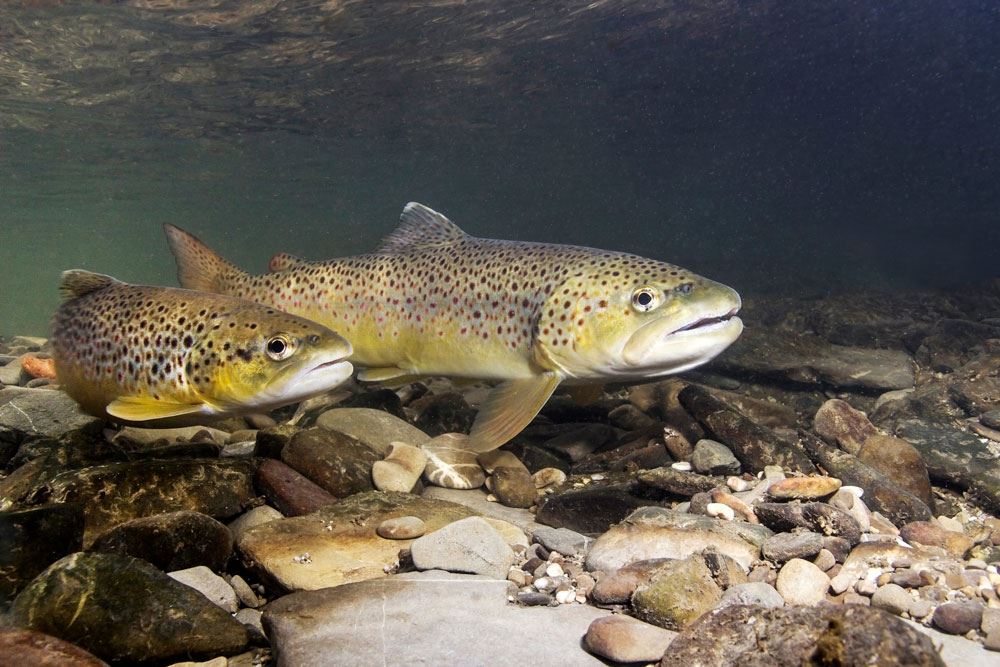Thus, many hydropower sites have no or poor protection systems for downstream migration. Despite recent promising results on fish guidance racks, there is a need to develop next generation systems that are cost-effective, easier to operate and provide high guidance efficiency at low power production losses.
Via their sensory systems, fish can detect turbulent circular currents (eddies) in the water, and respond to them either by avoiding or by exploiting them for swimming. In FishPath we will utilize these abilities to develop turbulent eddies based guiding system for salmon, trout and eel. To do so we first need to explore the behavior of eddies created by different objects (e.g. cylinders and hydrofoils) in the flow and how the fish species respond to different types of eddies.
In this project SINTEF Energy will conduct detailed numerical studies of turbulent eddies, to investigate how this influence fish migration.
Find out more on the project website, (project led by NINA).
Main partners:
- NINA, Norwegian Institute for Nature Research (project manager)
- Swiss Federal Institute of Technology in Zurich (ETH Zurich)
- NTNU, Faculty of Engineering, Department of Energy and Process Engineering
- NORCE Norwegian Research Centre AS, LFI Bergen
- SINTEF Energy Research
This is a Knowledge-building Project for Industry financed by the Research Council of Norway.
